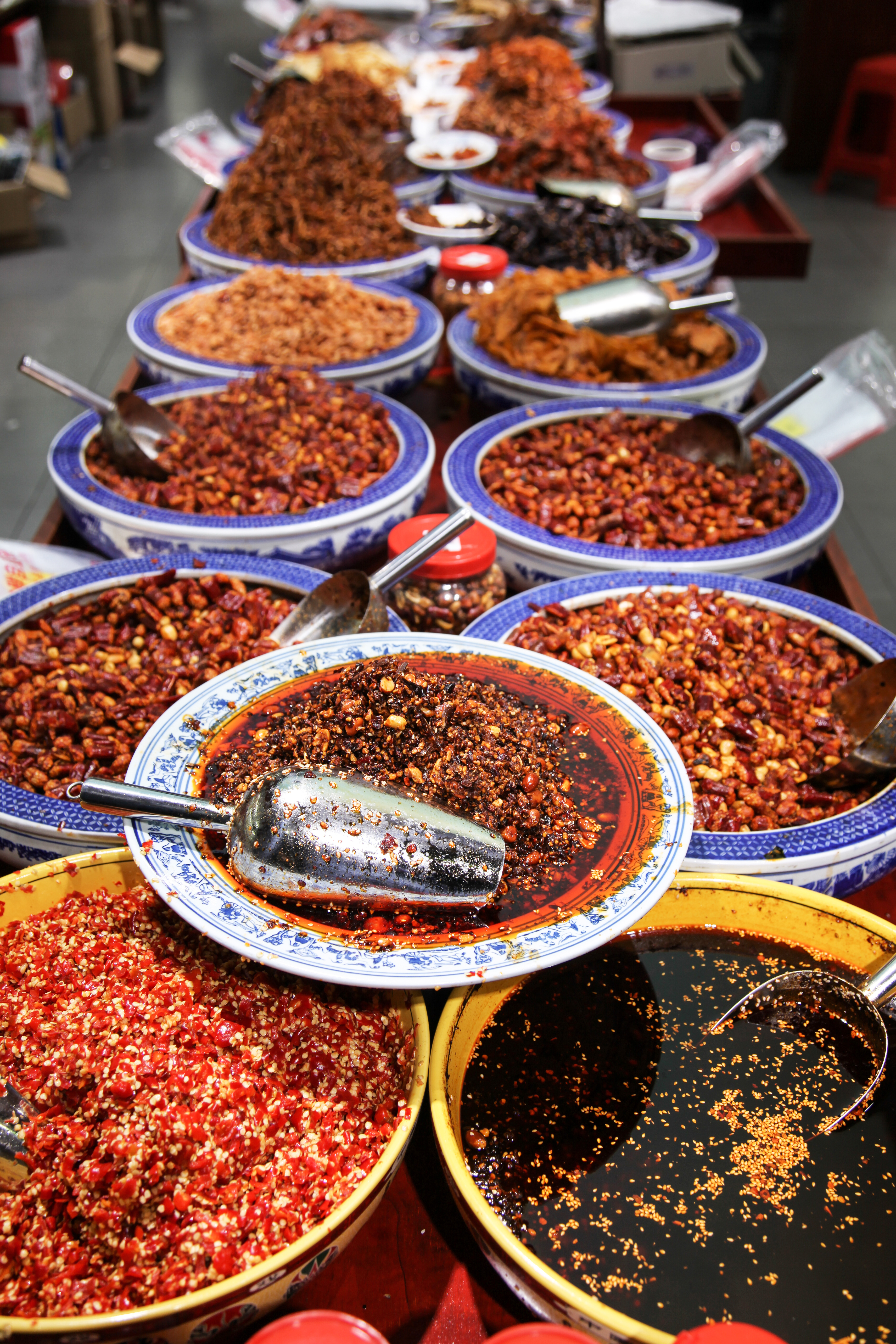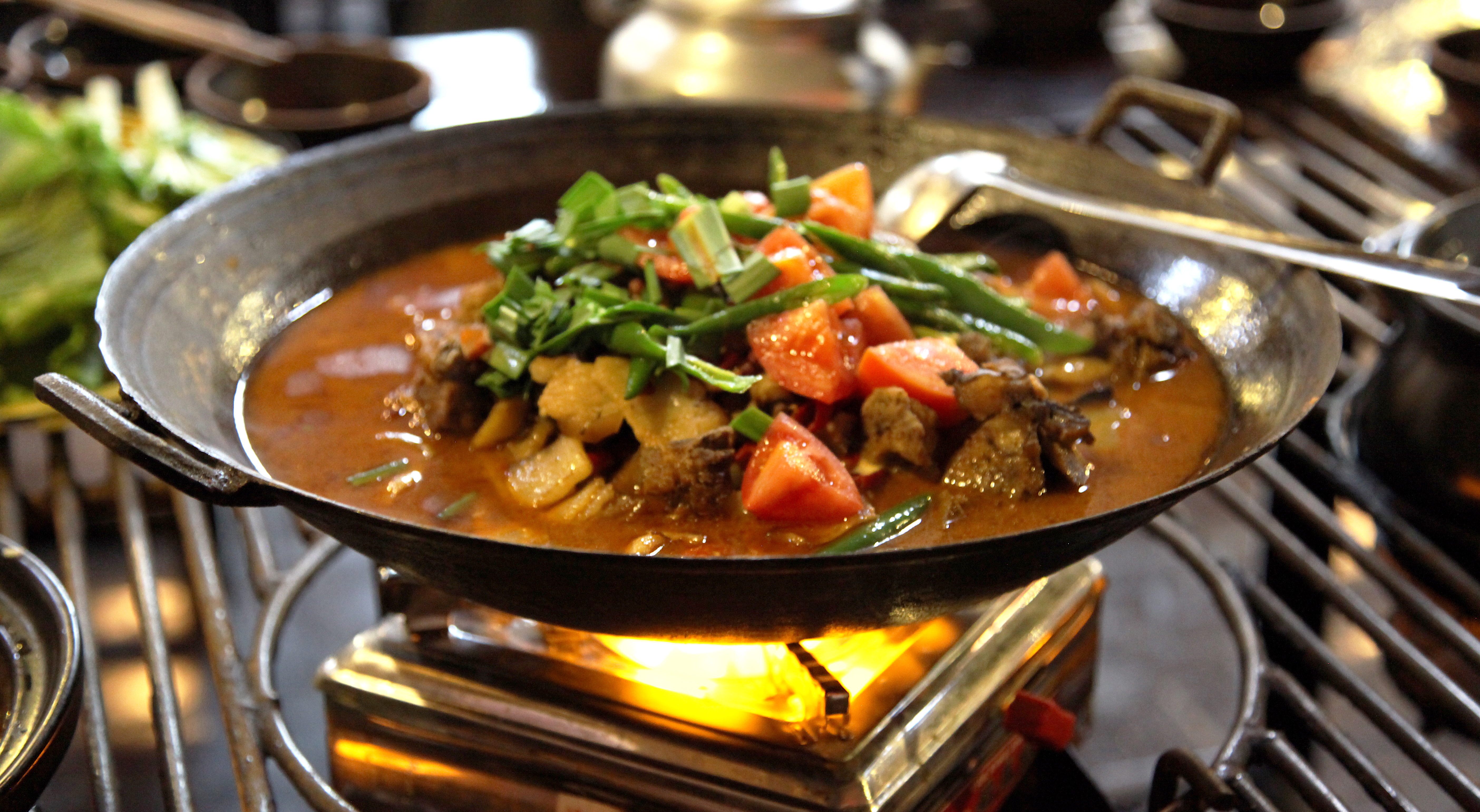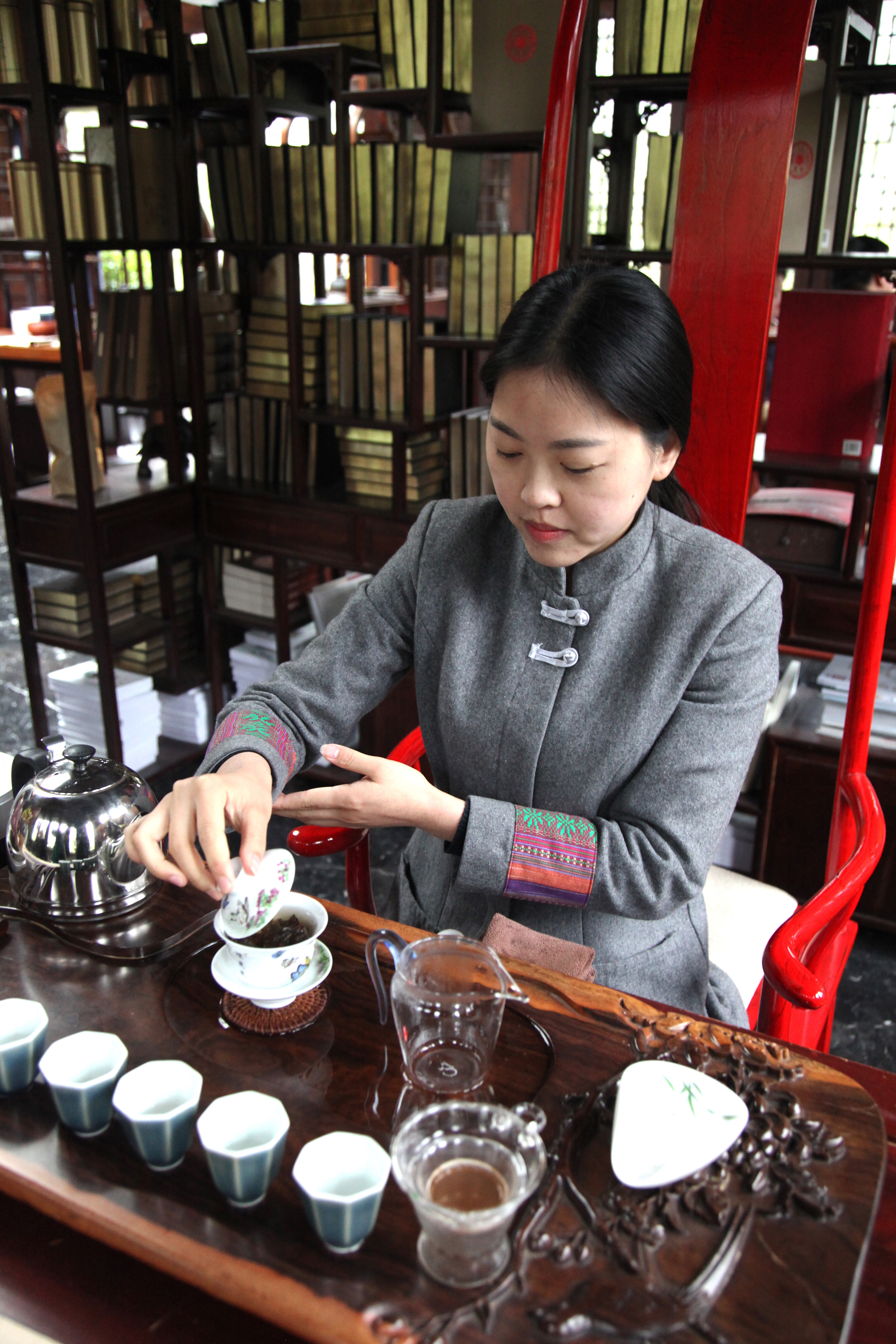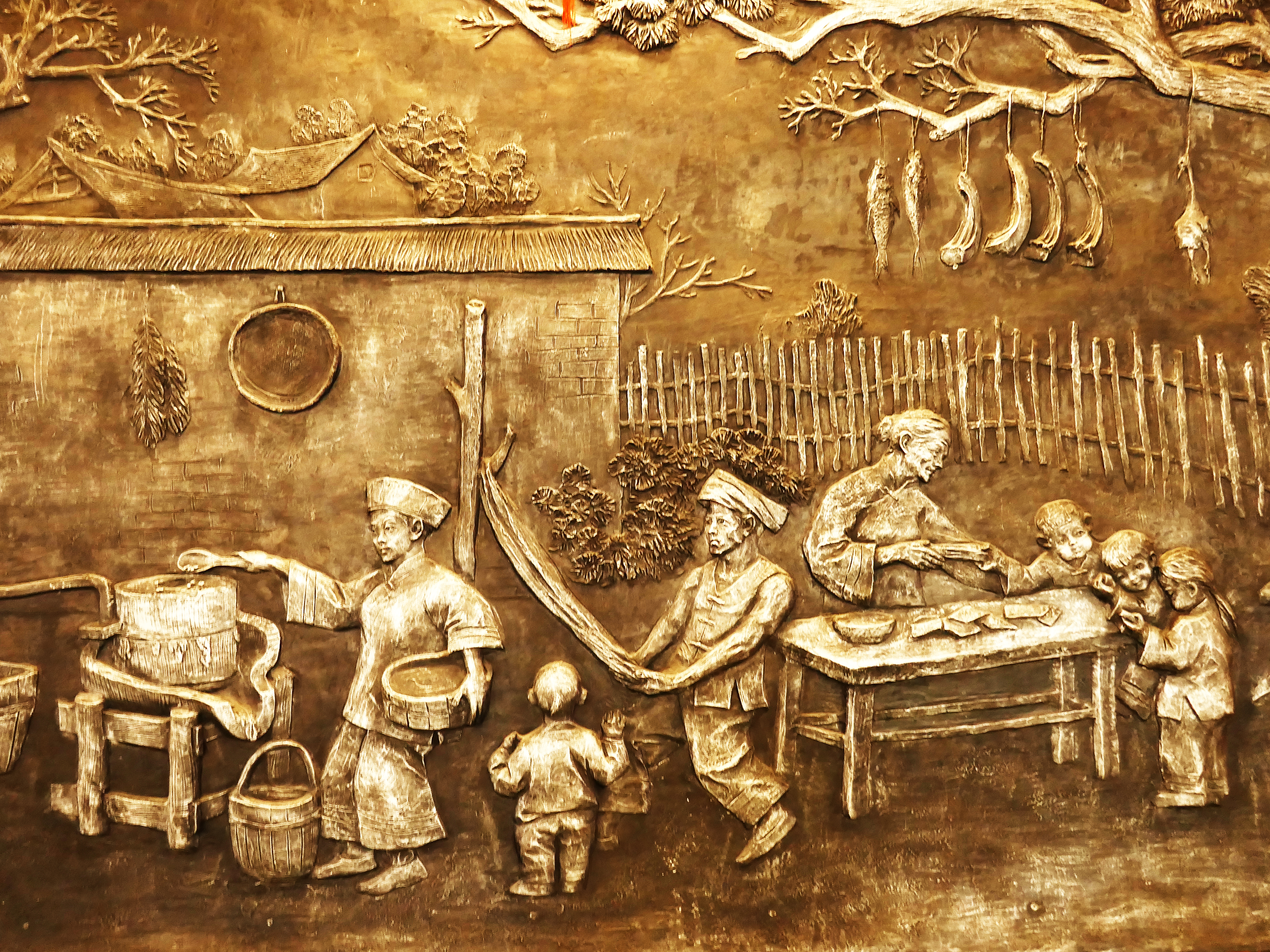HUNAN, CHINA — The heat was starting to get to me. Not the heat of the day, but rather the heat of the food served in this southern Chinese province noted for its spicy cuisine.
“Do you like it hot?” was the question I was most often asked everywhere I went in this mountainous area where the father of Communist China, Mao Zedong, was born in the village of Shaoshan.
My tolerance for spicy food was quickly put to the test upon our arrival. Ben, our guide, who grew up in this area, took a poll of the table trying to get an idea how much heat we foreigners could handle in our food. Excited to try the local cuisine, our small group decided on a wide variety of options.
Dish-after-dish arrived adorned with lots of chili peppers.
Using my limited chop stick skills, I gently pushed the chillies aside and picked at the vegetables and meat, all of which retained the pungent flavour of the peppers. Yum!
The spicy beef soup and an appetizer made up of peanuts, garlic, soy sauce and lots of chillies were my favourite items on the menu.


Above: A variety of chillies is used to create spicy hot pot dishes like the one right.
Ben explained that throughout history the Chinese believe that hot food helps eliminate excess moisture in the body. That’s important in a place like Hunan, where the weather is usually hot and humid.
“Traditionally, the local cuisine has incorporated a lot of chili peppers, ginger and other spicy ingredients to help remove dampness caused by the weather,” says the guide.
Hunan cuisine, sometimes called Xiang cuisine, is characterized by hot and sour flavours and deep colours. One of the eight regional cuisines of China, its history dates back to the Western Han Dynasty — over 2,100 years ago.
Hunan offers travellers so much culture and history. In Fenghuang Ancient Town, for instance, we get introduced to the cultures of the minority Miao and Tujia people, who have lived and worked this land for 12 centuries.
At Fenghuang’s Long Yun Shan Zhai Restaurant we enjoy the local cuisine and admire the decor, which features lots of blue indigo, all influences of the Miao people.
The dish I liked most there was Jue Ba, which is made with a local fern as its main ingredient.
“The fern is made into a powder and then shaped into thin squares before being fried,” explains Ben of the dish that naturally comes piled high with chilies.
After a few days, my tongue gets used to the chillies — or maybe it was just numb.
Sweet desserts helped cool me down. One in particular was especially scrumptious — a sweet variation of sticky rice that seemed to accompany every meal.
One evening we explored the night market on Xibu St. in Zhangjiajie, where the air is spiced with the scent of dishes being cooked at open-air kitchens. What a visual feast that was.


Left: Tea is used to help cool down spicy dishes in Hunan. Right: Ginger candy has been a local treat for centuries.
At one food stand I see a man twirling a golden-coloured silky substance around a pole. Ben tells me the man is making “ginger candy” and the first step in the process is to boil brown sugar and then spread it out on a table while still hot.
When cooled, the man stretches the sweet silky gooey goodness while twirling it on the pole.
“Stretching it adds air to the candy,” says Ben, who tells me “ginger candy has been a staple in the Western Hunan region for hundreds and hundreds of years.”
Ginger is also popular throughout Hunan because it is believed to “warm the body,” according to Ben.
While walking around the night market, my senses get a rude awakening when I reach the stand selling stinky tofu. Pew!
The pungent “treat” is made with fermented soybeans and a number of other ingredients like bittern, winter bamboo shoot, dried mushrooms and koji wine. It’s served steamed, barbecued or fried but one thing is consistent — it stinks!
“People here love it,” says Ben, who points to a lineup of people waiting to purchase the unusual item.
“It’s certainly an acquired taste,” he laughs.
We end our visit to Zhangjiajie on a sweeter note when we enjoy at tea ceremony at the Harmona Resort and Spa.
Sitting on a regal red wooden chair, a lady named Liu Xuefeng graciously welcomes us before arranging items to be used during the ceremony on a exquisitely carved mahogany wooden tray. She cleans the cups to be used with boiling hot water before serving us the tea and explains the origins of the ceremony while she pours.
“The black loose tea you are drinking is specific to this region and has many health benefits. It purifies the blood and helps with weight loss, too,” the charming Liu Xuefeng tells her attentive audience.
I leave Hunan with a good taste in my mouth.
About the Author
Driven by a passion for travel and adventure, she expresses her creativity through stories and photos. Jessica's work has appeared extensively in national newspapers and magazines and she is a regular contributor to TraveLife magazine. Her portfolio encompasses a diverse cross-section of topics, ranging from design, lifestyle, food, and travel to business and investing. She holds a Bachelor of Arts, Honours Degree from Queen's University in Communication Culture and Information Technology. She has also earned college certificates in the fields of Commercial Photography and Public Relations. Jessica has travelled to and written about destinations in Africa, Asia, South America, Europe, the United States, Canada and the Caribbean.